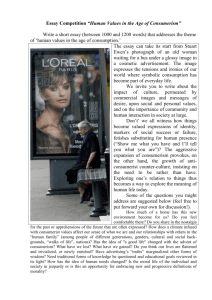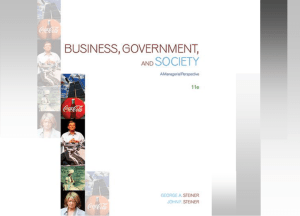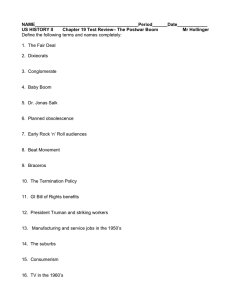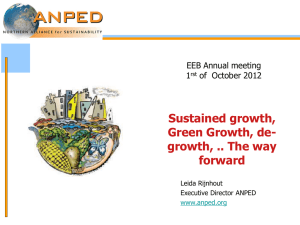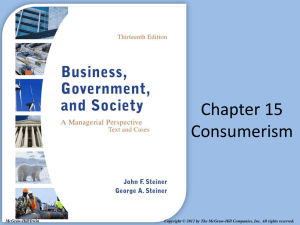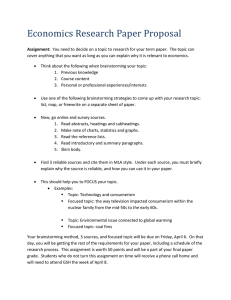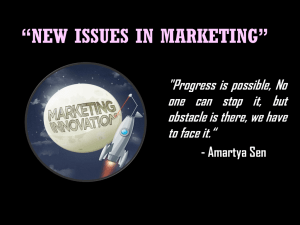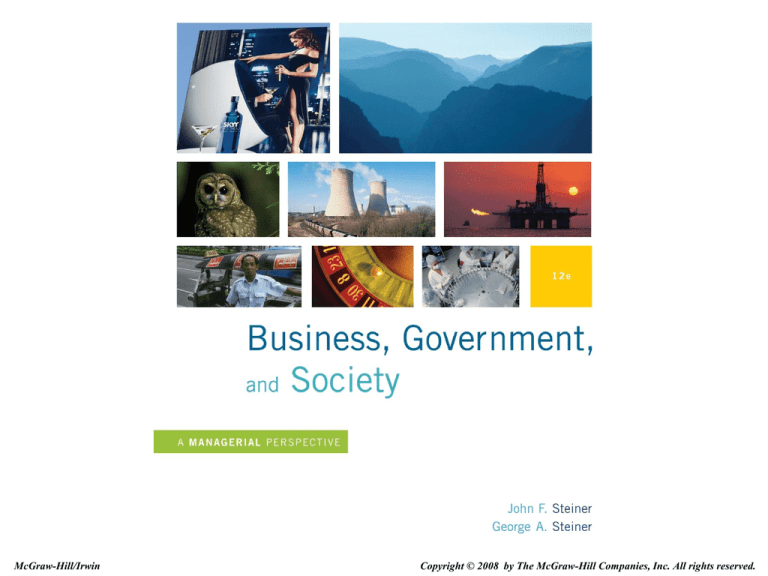
McGraw-Hill/Irwin
Copyright © 2008 by The McGraw-Hill Companies, Inc. All rights reserved.
Consumerism
Consumerism is a word
with two meanings:
A movement to promote
the rights and powers of
consumers in relation to
sellers.
A powerful ideology in
which the pursuit of
material goods beyond
subsistence shapes
social conduct.
Consumer
A person who uses
products and
services in a
commercial
economy.
15 - 2
Consumerism as
an Ideology
Consumerism describes a society in which
people define their identities by acquiring
and displaying material goods beyond
what they need for subsistence.
The full emergence of consumerism came
as economic changes interacted with
cultural and social developments.
Declining influence of religion
The industrial revolution
15 - 3
Consumerism in Perspective
Marketing research reveals a widespread,
profound effort to find love, status, and individuality
in products.
Materialism is an emphasis on material objects or
money that displaces spiritual, aesthetic, or
philosophical values.
Thorstein Veblen, in his book The Theory of the
Leisure Class, challenged the conventional
economic wisdom that consumers bought goods
for their functional utility.
15 - 4
Consumerism in Perspective
(continued)
Complaints about consumerism include:
It leads to commodification of all parts of life
It encourages unwise, irrational, and
unproductive uses of money
Heavy consumption is profligate with natural
resources
Consuming beyond necessity violates “the idea
the God’s world is already full and complete”
It distorts our values
It is a pathology of corporate capitalism
15 - 5
Consumerism as a
Protective Movement
The idea of collective interest in protecting
consumers dates back to the earliest transactions
between merchants and customers.
1870s when Populist farmers attacked railroads
Food and Drug Act of 1906
The 1960s and 1970s prompted another wave of
legislation to protect consumers and expand their
rights.
Consumer protection is today a major function of
government.
15 - 6
The Consumer’s
Protective Shield
Besides federal laws and regulations, there are
significant protections at the state and local level.
Every state and local government has extensive
consumer protection laws.
More than 50 federal agencies and bureaus are
active in consumer affairs.
These agencies and bureaus are effective despite
changing ideologies in administrations, powerful
critics, budget restraints, and too little staff to meet
all their statutory mandates.
15 - 7
Product Liability Law
Beyond regulation, a major restraint on
business is the ability of consumers to file
product liability lawsuits when they are
harmed.
The tort system is designed to provide
compensation to victims and to deter future
misconduct.
Product liability is the branch of tort law
that covers redress for injuries caused by
defective products.
15 - 8
Negligence
A tort involves either an intentional or a
negligent action that causes injury.
Obstacles to consumers in early product
liability law:
Caveat emptor
Narrow interpretation of the doctrine of privity,
which held that consumers could sue only the
party that sold them the product
This legal protective wall for manufacturers
was broken down by the milestone case of
MacPherson v. Buick Motor Co. in 1916.
15 - 9
Warranty
A warranty is a contract in which the
seller guarantees the nature of the
product.
An express warranty is an explicit
claim made by the manufacturer to the
buyer.
An implied warranty is an unwritten,
commonsense warranty arising out of
the buyer’s reasonable expectations.
15 - 10
Strict Liability
The doctrine of strict liability established that
anyone who engages in a dangerous activity is
liable for damages to others, even if the activity is
conducted with utmost care.
The key to strict liability is that the injured person
need not prove negligence to prevail in court.
Under strict liability an injured plaintiff must prove
only that:
The manufacturer made a product in a defective condition
that made it unreasonably dangerous to the user
The seller was in the business of selling such products
It was unchanged from its manufactured condition when
purchased
15 - 11

